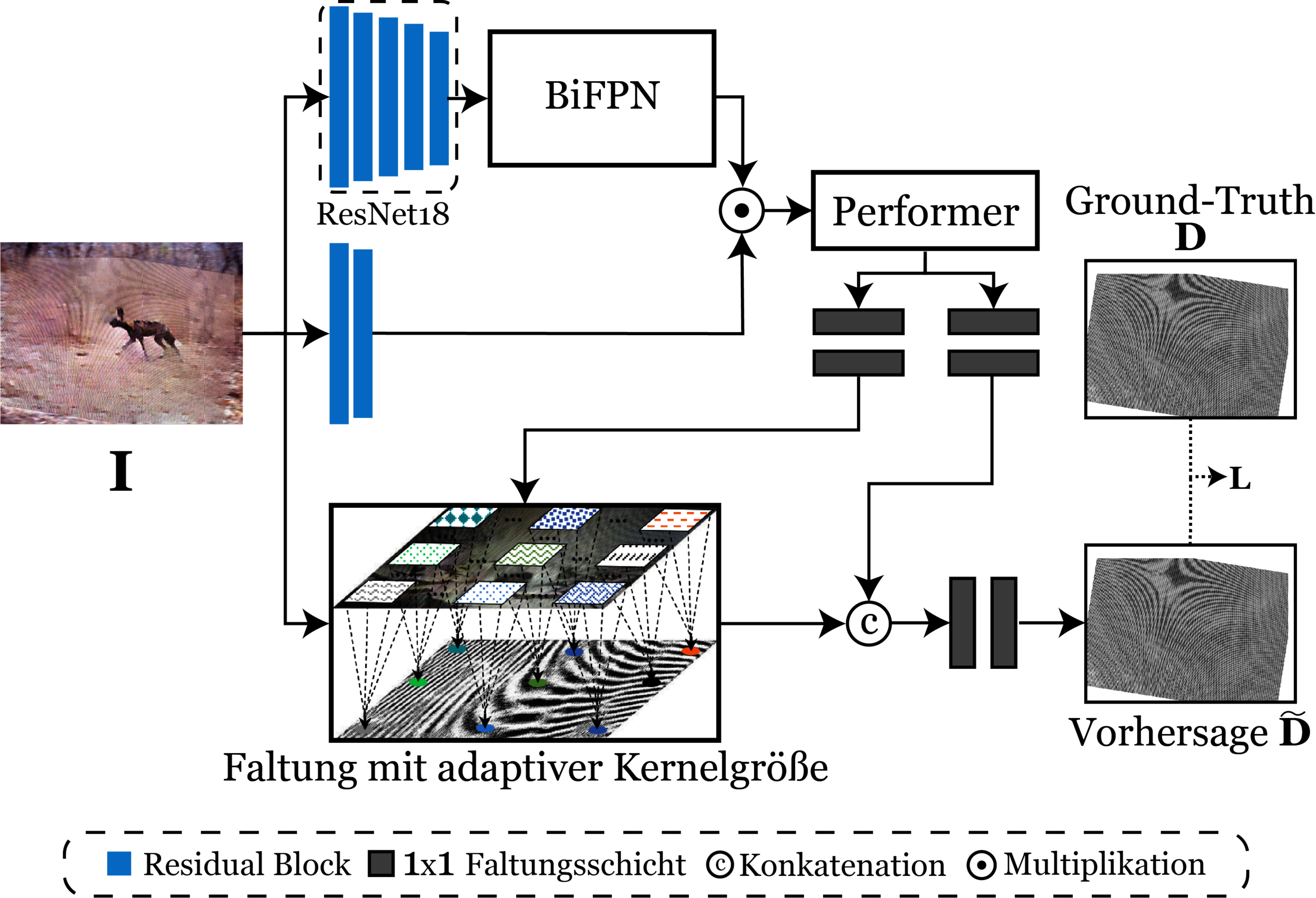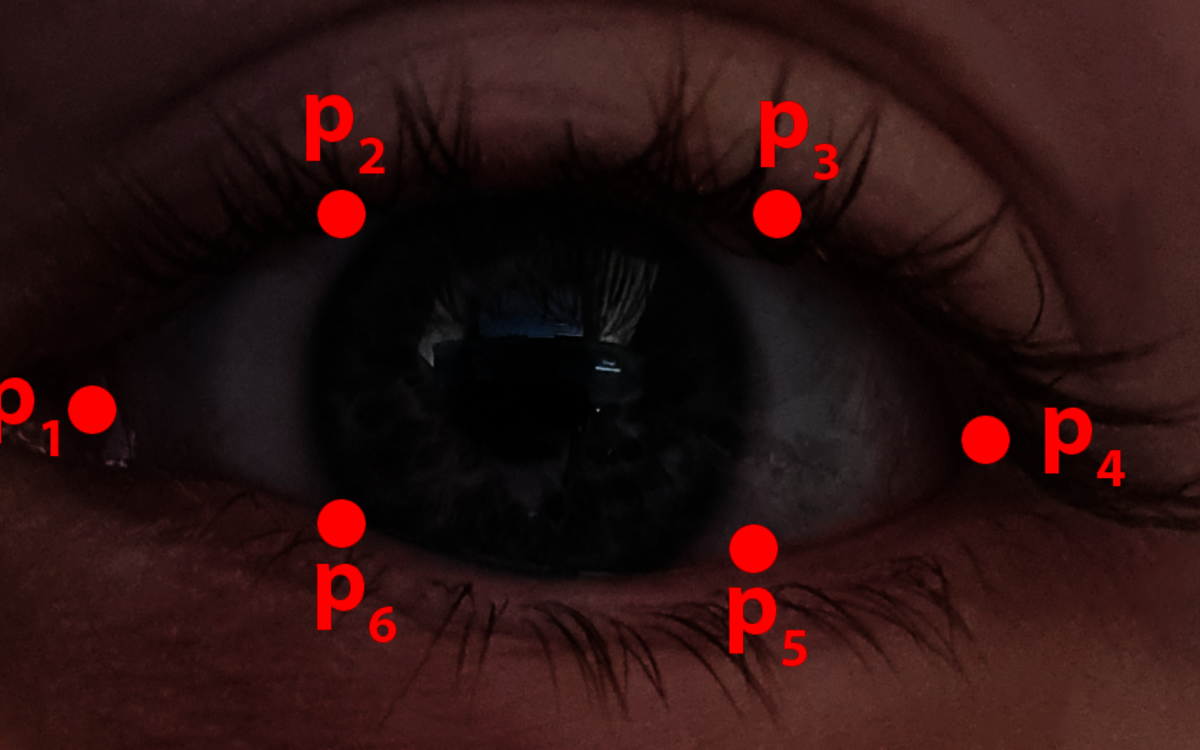
Robust Online Identification
Details
The project aims to develop a robust and reliable liveness detection system that can be used for online identification purposes. This system will need to work in real and uncontrolled situations with only one RGB camera, which makes it challenging. Many traditional approaches are not applicable to this scenario, so the project will explore promising methods that can work under these conditions.
One approach that the project will explore is remote photoplethysmography. This method uses the camera to measure the heartbeat of the person in the camera frame, allowing the system to distinguish between real faces and fake ones. Optical flow can be used to reconstruct 3D shapes and distinguish between live faces and images. Moire pattern identification can be used to analyze the presence of the moire effect, which is a sign of a fake image.Another approach that will be explored is lip reading techniques. The system can ask the user to say a specific word or phrase and use computer vision algorithms to analyze the user's lip movements in real time. This will help to verify that the person is real and not a recorded video or image.
For image enhancement, the project will apply various computer vision techniques to improve hologram visibility and text identification on the identity card. Popular machine learning algorithms will be used to find instructions in the front end of the service, providing users with detailed information on how to capture the best quality images of themselves and the scanned identity card document.
Overall, this project aims to develop a secure and reliable liveness detection system for online identification that can work with almost any modern device. By exploring innovative methods and using advanced computer vision and machine learning techniques, the project aims to create a robust and accurate system that provides a high level of security while being user-friendly and accessible.
Results
Through this project, several promising solutions were found that can detect different types of attacks and improve the reliability of the liveness detection system. However, it was also discovered that many known methods are not functional in real-world applications due to issues such as overfitting to training data or requiring special hardware or conditions.
One of the most promising approaches found in this project was the use of pulse signals to check vital presence. Another promising method was the use of moire identification using complex deep learning techniques, which can analyze the presence of the moire effect to detect fake images. Texture analysis with local binary pixel patterns was also found to be a promising approach to liveness detection. This method can analyze the texture of the face to detect fake images and improve the accuracy of the system.
However, it was also found that combining multiple methods can further improve the prediction quality of the system. By using a variety of different methods that can detect different types of attacks, the system's reliability can be improved. It is important to note that further investigation is needed to determine the best way to combine these methods and optimize the system's performance.
In summary, this project has identified several promising approaches to liveness detection that can be combined to improve the accuracy and reliability of the system. By using advanced computer vision and machine learning techniques, it is possible to create a secure and user-friendly system that provides a high level of security for online identification purposes.
